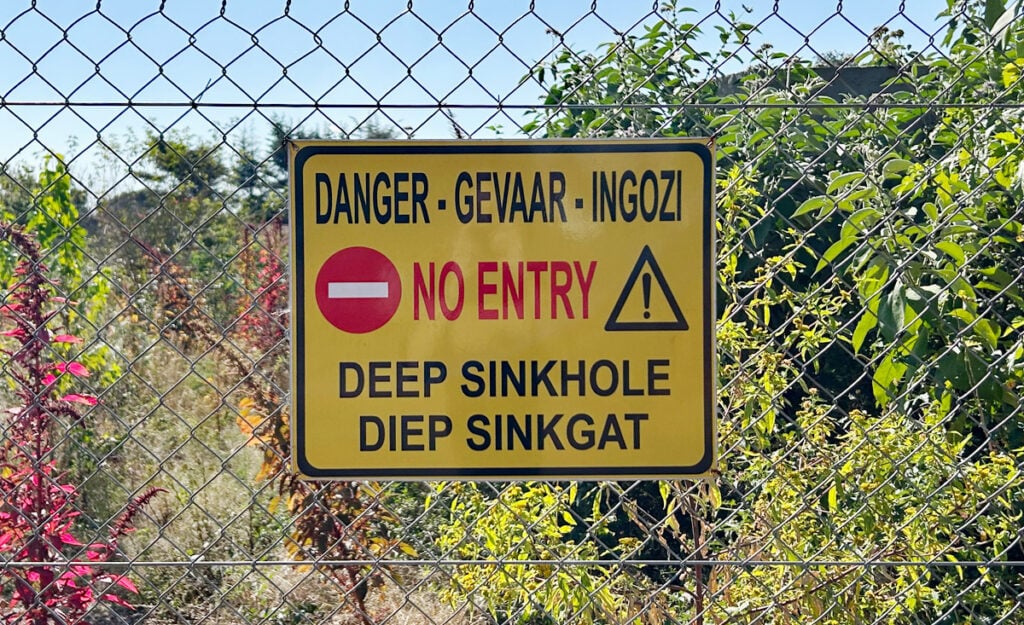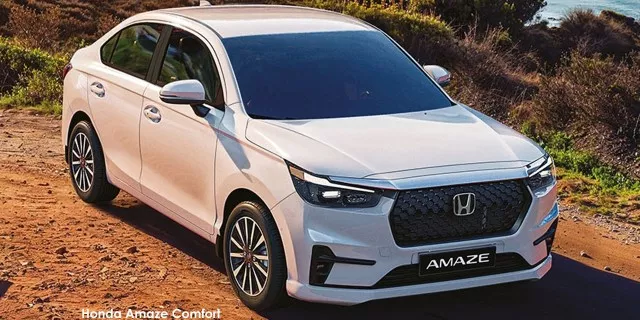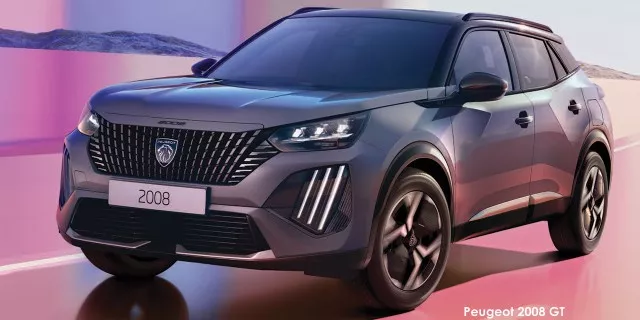An important question to ask before claiming from your car insurance

Before claiming from your car insurance, first ask yourself how much the job is really going to cost.
If you can afford to pay it without going to your insurer for help, it may be a better choice to do so.
Whether or not you should claim for a tiny scratch also depends on the type of insurance policy you have.
“What looks like a harmless cosmetic flaw could end up costing more than you expect, especially if you’re thinking about claiming from your insurance,” said King Price.
The insurer explains that the cost of repairing a scratch or similar damages depends on various factors.
These comprise the depth of the damage, the location, and the type of paint applied to your ride.
“In South Africa, even a small scratch could cost anywhere from R1,000 to R5,000+ depending on the work involved and if there’s any blending or repainting needed,” said King Price.
“If there’s any damage to parking sensors, cameras, or trim pieces, the cost climbs even higher.”
Let’s say you just came back from the shop and notice a new dent on your bumper in the colour of the car that was standing next to you when you pulled in.
You might be tempted to call your insurer right away and get it fixed, but it may not be the best course of action.
Whether it will be worth getting the cover provider involved depends on the type of contract you have and your excess.
If you have third-party only, or third-party, fire, and theft insurance. then it’s a resounding “no.”
“These two policies are insanely cheap because they’re not covering the full range of risks that comprehensive car insurance does,” said King Price.
“So, damage to your own car won’t be covered.”
Perhaps you have comprehensive protection, in which case a tiny fender bender will be covered.
In this case, the decision is still not as clear-cut.
For illustrative purposes, let’s say the repair costs will run up a tab of R2,000, but your excess is R3,000.
This will see you pay R1,000 more than you need to if you go through your insurer, as the excess is the amount you agree to pay out of your own pocket when claiming regardless of the size of the claim.
Additionally, even if your excess is low, claiming for minor damage could affect your premiums at renewal.
Motorists who claim more frequently than others are seen as higher risk, in which case their premiums may go up by a bigger percentage than their peers during the annual fee renewal cycle.
“Generally, the advice is to weigh up the cost of the repair against your excess amount,” concluded King Price.
“If the repairs will cost less than or close to your excess, it’s probably better to pay for the fix out of pocket.”
Best colours for car insurance

If you’re looking to get the best possible insurance rates and repair costs, the colour of your car is something to take into consideration.
According to King Price, the best car colours to choose from an insurance perspective are white, yellow, red, silver, or grey.
The colour of a car affects its risk profile and, in turn, what the owner pays for protectin.
Cars in bright colours like white, yellow, and red are more visible on the road, which can reduce the likelihood of accidents.
“Insurers may offer lower premiums for these colours due to the perceived lower risk,” said King Price.
Meanwhile, darker shades are tougher to see, especially after the sun sets, thus increasing their risk of accidents.
Therefore, cars painted black, blue, and green can potentially attract higher premiums.
Theft is another concern when it comes to the exterior tone of your ride.
Criminals prefer cars in popular hues like silver and black, which can result in more excessive insurance premiums for these vehicles.
At the other end of the spectrum, less common pigments are generally less attractive to thieves, which could lead to lower premiums.
Finally, resale value may be significantly impacted by the colour.
Neutral tints – for example, white, silver, and grey – more often than not have higher resale values as they have a wider appeal.
Insurers may consider this when setting premiums, as higher resale values can mean lower risk.
“Choosing the right car colour can have a surprising impact on your insurance premiums,” concludes King Price.
“By opting for a colour that’s visible, less likely to be stolen, and has a good resale value, you can potentially save on your insurance costs.”








